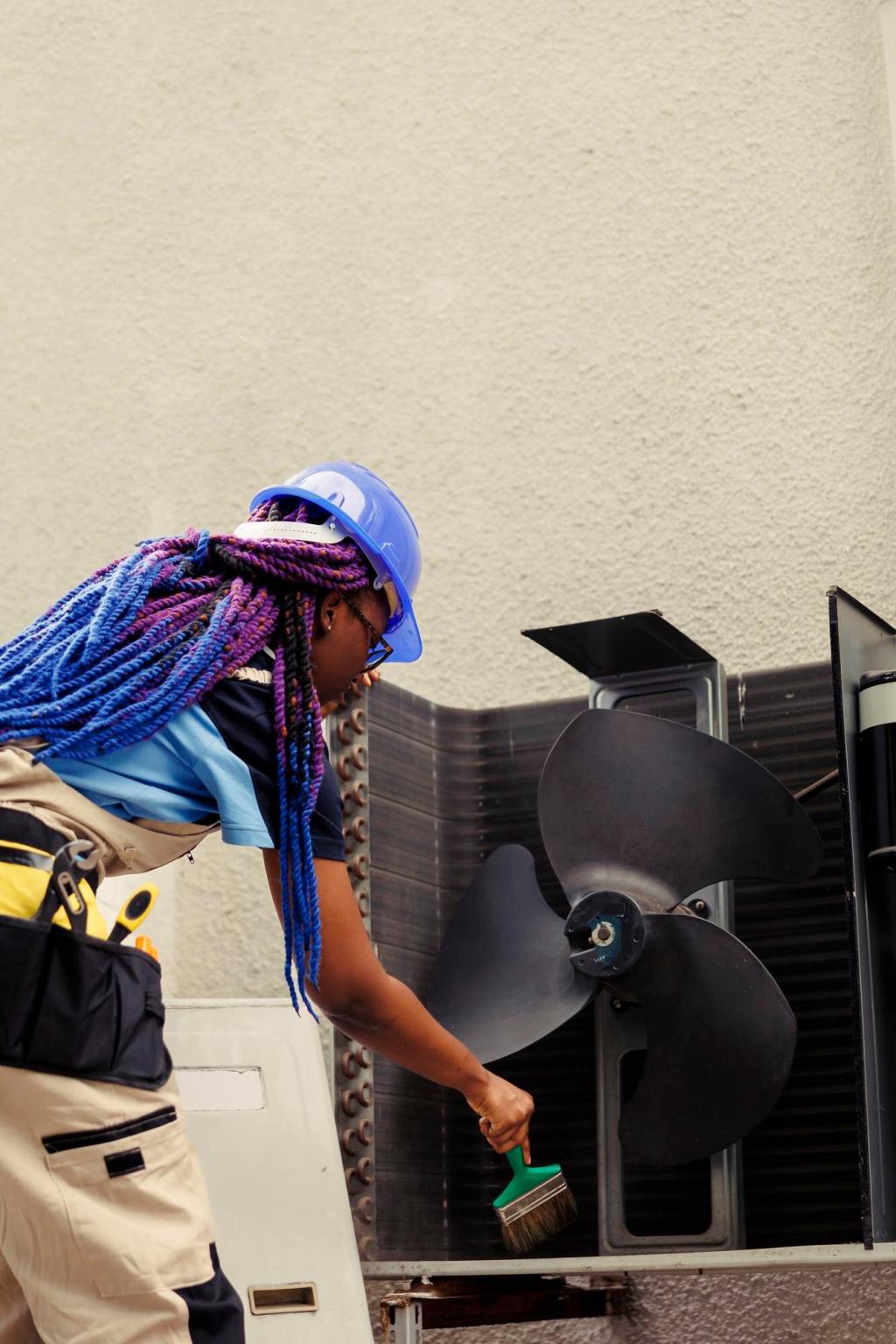Eco-Smart Habits and Community Wisdom
Pick biodegradable soaps and capture rinse water where possible. Plant salt-tolerant natives as windbreaks that slow gusts and catch sand. These choices protect finishes and the dunes you love. Share your favorite eco-friendly products and we’ll highlight them in our next windy-weather roundup.
Eco-Smart Habits and Community Wisdom
A subscriber in Monterey extended a beloved bench’s life by switching to 316 stainless screws and adding nylon washers to isolate metals. The fix halted mysterious staining. Paired with regular rinses, the bench now faces ocean mists with quiet dignity, surviving blustery weekends unbothered.








